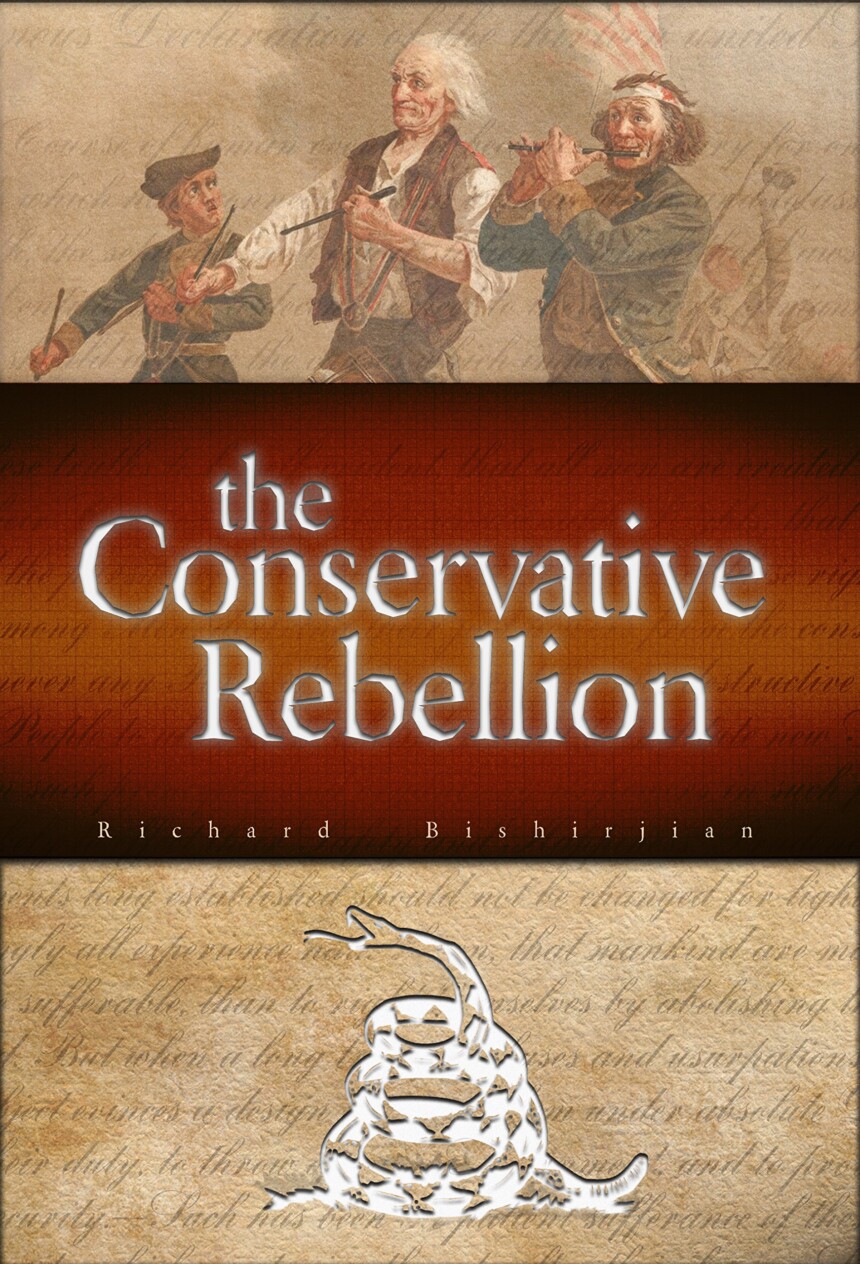“Conservatives engage in rebellions, not revolutions.” How true, and what a way to begin a book.
The Conservative Rebellion is part memoir, part intellectual and political history by a scholar who came of age in the revolutionary 1960’s, when fashionable people viewed rebels as Parliament viewed the Boston Minutemen. (King George III, however, considered George Washington among the greatest men of the age.) Bishirjian, born to immigrant parents, grew up in working-class Pittsburgh.
My first stirrings of Rebellion began with my experience of feeling intellectually ill at ease at that moment in American history that the administration of John F. Kennedy was inspiring thousands of young Americans to idealistic service on behalf of the state.
The author and his friends sensed something radically wrong in America’s political orientation. Sensation crystallized as idea for him when he read Eric Voegelin’s The New Science of Politics as an undergraduate at Notre Dame, where he studied also under Gerhart Niemeyer and Fr. Stanley Parry, and his latest book is in fact strongly influenced by Voegelin’s account of the development of Western history since the early Middle Ages. Bishirjian identifies four “paradigms” (what Voegelin himself called “articulations of the realm”) that serially distinguish the various stages of American history from the Revolutionary period. The first of these, “the Spirit of ’76,” is “liberty”; the second, “the articulation of the philosophy of limited government of the Founding Fathers.” So far, so good. In the third, however, America began to go wrong with the presidency of Abraham Lincoln, whose Gettysburg Address Voegelin described as the “unsurpassable fusion of democratic symbolism with theoretical content.” This was the precursor of the “truly revolutionary fourth paradigm of the American regime” developed by Woodrow Wilson from Lincoln’s implied vision of an earthly perfectionism that reflected the millennialism of his age, and German idealism. Four decades later Wilsonian idealism, and that of his “progressive” successors in the White House, transformed the American regime into “a limitless [one] pursuing possible realities . . . as opposed to a government grounded in real possibilities.”
H.L. Mencken, who memorably described Wilson as “the perfect model of a Christian,” nevertheless got the man quite wrong. Wilson was no Christian but, in Voegelin’s understanding and terminology, a modern Gnostic. The writer who best expressed, and most successfully preached, Wilson’s “idealism” was Herbert Croly, the founding editor of The New Republic, who associated democracy with the aspiration toward human and social perfectibility he hoped would be realized by “saints,” “democratic evangelists,” whose thought and works would inspire ordinary people to renounce a great part of American history and sacrifice their private interests and ambitions to the “national purpose.” The Gnostic cad himself, in a speech in St. Louis in 1919, opined, “America . . . has said to mankind at her birth: ‘We have come to redeem the world by giving it liberty and justice.’ Now we are called upon before the tribunal of mankind to redeem that immortal pledge.” (There is real American evangelical eloquence, putting to shame Barack Obama’s teleprompter dronings punctuated by period turns, left and right, of his defiant chin and resolute glares into the electronic void.)
This transformation ensured permanent revolution seeking to overthrow traditional America and the Christian religion, and “an aggressive idealism . . . [that] sought not truth, but power to engage in revolutionary acts that would replace reality with another, ‘second reality,’ more to their pleasing.” The America that resulted from this was the America into which Richard Bishirjian was born and that produced “the conservative rebellion” he myopically dates from “something regenerative astir in the United States since Robert Taft.” That, of course, was the historically limited perspective of William F. Buckley, Jr., and the magazine he founded in 1955 which, perhaps self-servingly, viewed Taft as the man present at the creation—ignoring the history of Southern constitutionalism and nullification in the antebellum period, of the Southern Agrarians in the 1930’s, and of the antiwar and antistatist conservatives, like Albert Jay Nock, Garet Garrett, and Charles Lindbergh in the same decade. Bishirjian describes the conservative rebellion that began in the 50’s as
the equivalent of an organism’s recovery from disease; a living community striving to recover the truth of the American political experience and our history; a paradigm of such vitality that it may constitute a fifth governing paradigm in the history of the American democratic republic.
The present phase of the fourth paradigm continues meanwhile within a parallel universe, though in the 21st century that universe seems to be collapsing on itself. In the presidential campaign of 2016, it is unlikely we shall hear an echo of George W. Bush’s Second Inaugural Address:
America, in this young century, proclaims liberty throughout all the world and to all the inhabitants thereof. Renewed in our strength, tested but not weary, we are ready for the greatest achievements in the history of freedom.
Renewed in strength? Not wearied? Great achievements (like inspiring ISIS and bombing Doctors Without Borders)? Wilsonianism is becoming old hat. Making the world safe for penectomy is the fresh challenge for the new Croleys among us.
[The Conservative Rebellion, by Richard Bishirjian (South Bend, IN: St. Augustine’s Press) 176 pp., $25.00]

Leave a Reply